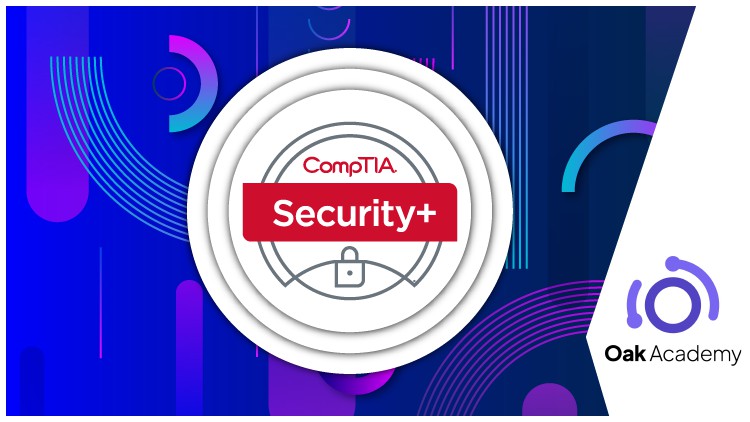جمع جزء: 1,134,000 تومان
- × 1 عدد: Microsoft Access Training Course - 189,000 تومان
- × 1 عدد: Certified Kubernetes Security Specialist (CKS) Online Training - 189,000 تومان
- × 1 عدد: فیلم یادگیری Mobile Application Security and Penetration Testing - 189,000 تومان
- × 1 عدد: Revit Materials Masterclass - 189,000 تومان
- × 1 عدد: Data Mining - Unsupervised Learning - 189,000 تومان
- × 1 عدد: Microsoft Office Management Training Course - 189,000 تومان













